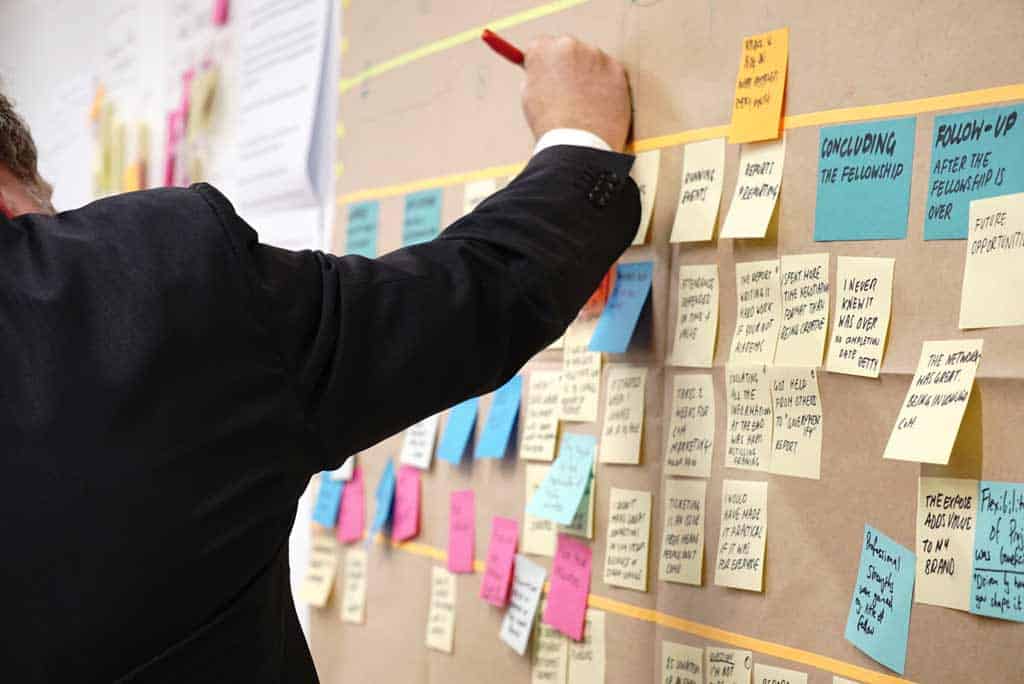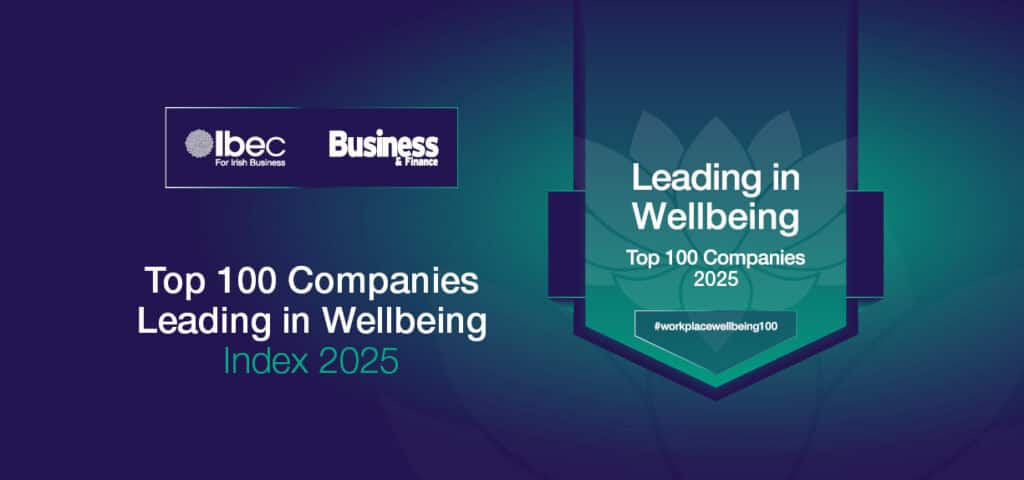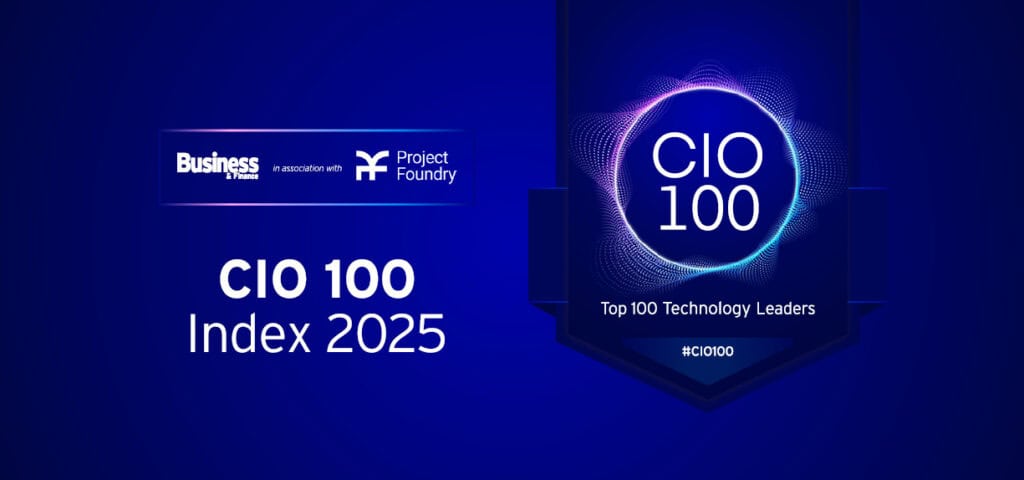Uncertainty – whether locally or globally – can make it hard for businesses to properly plan, but effective project management could be the solution.
The only thing certain in life is uncertainty. From Brexit to GDPR, we are living in unpredictable times, and as project managers, we need to adapt to ever changing and fast moving environments.
Imagine you were a project manager just three years ago, whose job was to plan the deployment of a new system globally. What global issues would you have needed to prepare for in 2016?
And then… boom! Brexit creates confusion around EU export tariffs. Bash! GDPR kicks in, resulting in decimation of your company’s contact lists. Wallop! US trade embargoes restrict the countries and companies that can be part of your supply chain.
No one was fully prepared for the events of the last two years, and if we look ahead to the next two years, what will happen? Will uncertainty over global oil supplies see us hit peak oil prices? Will a wave of right-wing political leaders see the breakup of the EU? Will the US-Russian relationship reach boiling point and cause the rest of us to get burned?
The good news is that there is a way to deal with all this uncertainty… project management.
Here are five key tools on dealing with uncertainty, based on project management best practice:
- Plan
The need to plan sounds obvious. However, we are all guilty of rushing ahead to start executing a project rather than taking enough time to build a solid plan. Take a big project, and then break it down into a series of bite-sized pieces, which can then be tackled individually.
- Triple Constraint
Any plan needs to have a defined schedule (when will it be complete); a defined budget (how much money is available); and a defined scope (how much work is to be done). Those three things must be planned and balanced in a way that will deliver an acceptable level of quality. By remembering this, a project manager will ensure they come up with a realistic plan that can be delivered, rather than a fantasy wish-list.
- Identify Risk
Rather than live in optimism, you must think about the things that might go wrong, and then decide what you can do now to prevent those things from happening. Some things can’t be prevented, and that’s when you decide what you can do as a contingency plan.
- Monitor & Control
Projects have a beginning and an end. They rarely end exactly how you envisaged – changes will occur that require you to take action, switch stance and adjust your position. Monitoring simply means checking how your project is progressing versus the plan. Control means taking corrective action if you are falling behind the plan. Both things must be done from the start right through to the end of the project.
- Act on Lessons Learned
At the end of each project, it can be tempting to just move on to the next one. However, it’s important to learn from our mistakes, and also to celebrate any successes. There are always new challenges to be overcome and new techniques that people discover.







